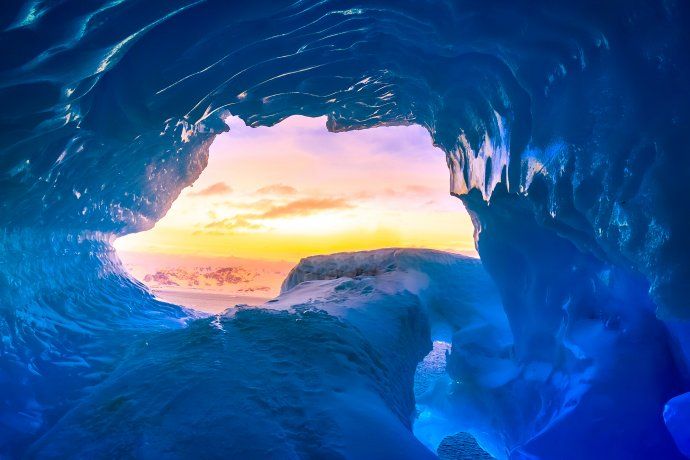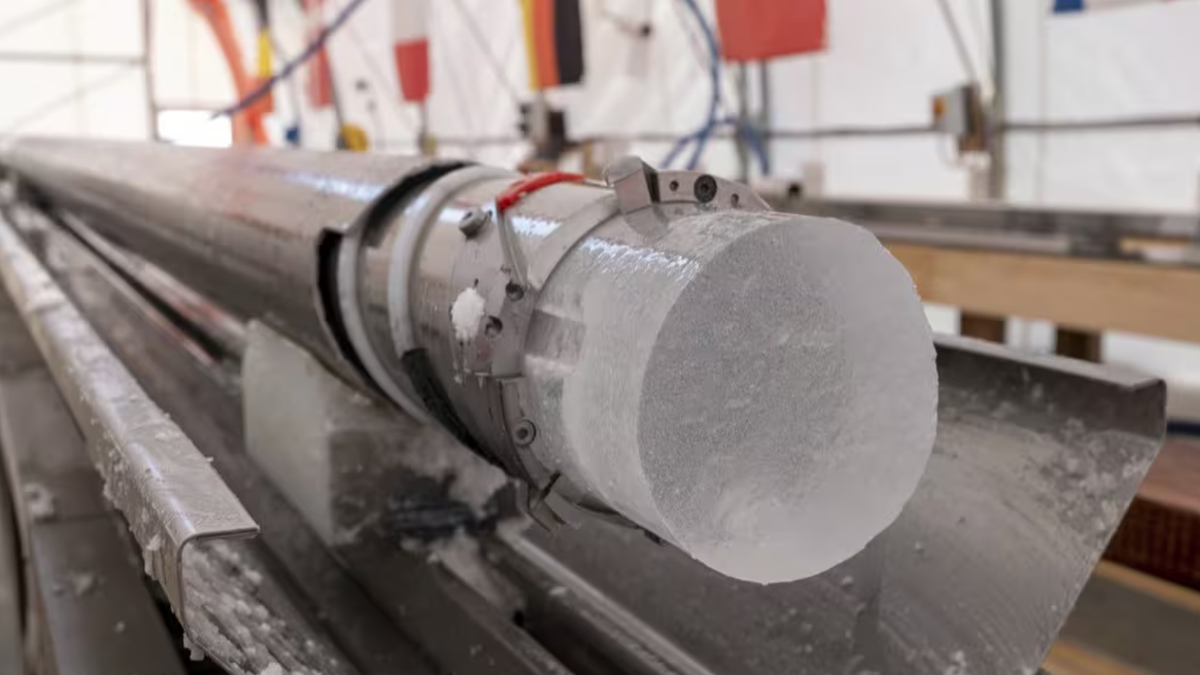The discovery was part of the Beyond EPICA-Oldest Ice project, which aims to understand and solve the biggest puzzles of climate change. The ice core drilling was 2,800 meters deep.
A group of project scientists Beyond EPICA-Oldest Icethey achieved a historical event upon reaching the bedrock beneath the antarctic ice sheetafter making a successful drilling of a frozen core 2,800 meters deep.
The content you want to access is exclusive to subscribers.
The finding is crucial to begin investigating and understanding in depth, specific details about the climate and the Earth’s atmosphereproviding a surprising record of the latest 1.2 million years.


The project was led by Institute of Polar Sciences of the Italian National Research Council (Cnr-Isp), whose main objective is to be able to resolve the enigmas and questions larger than the climate change and global warming.
Antarctica-climate-change

The ice of Antarctica is characterized by storing historical information about the functioning of the climate.
Depositphotos
What is the ice core that was discovered like?
The investigation was carried out at the remote site of Little Dome C3,200 meters above sea level, where it has a extreme cold with temperatures that reach the summer average -35°C. The ice of Antarctica They have the peculiarity of keep and store a lot of information regarding the past.
“This is the longest continuous record of our past climate from an ice core. “It can reveal the interrelationship between the carbon cycle and the temperature of our planet,” he explained. Carlo Barbanteproject coordinator and glaciologist at the Institute of Polar Sciences of the Italian National Research Council.
Preliminary analyzes indicate that the 2,480 meters above of the ice core, contain a valuable climate record that reaches up to the 1.2 million years and where up to 13,000 years are compressed into a single meter. These data are unique to be able to study the operation of the greenhouse gases and the glacier temperatures.
The keys that its age hides
At the moment they only knew ice cores that offered information up to 800,000 years agobut this new discovery opens the doors to a dimension that allows us to investigate the period between 900,000 and 1.2 million years ago, known as the Middle Pleistocene Transition.
That moment represented a great change in the glacial cyclessince they went from having intervals of 41,000 years to longer cycles of 100,000 years. This discovery excites the scientific community by providing more accurate data on the motives and reasons behind the climate change.
Source: Ambito
I am an author and journalist who has worked in the entertainment industry for over a decade. I currently work as a news editor at a major news website, and my focus is on covering the latest trends in entertainment. I also write occasional pieces for other outlets, and have authored two books about the entertainment industry.




